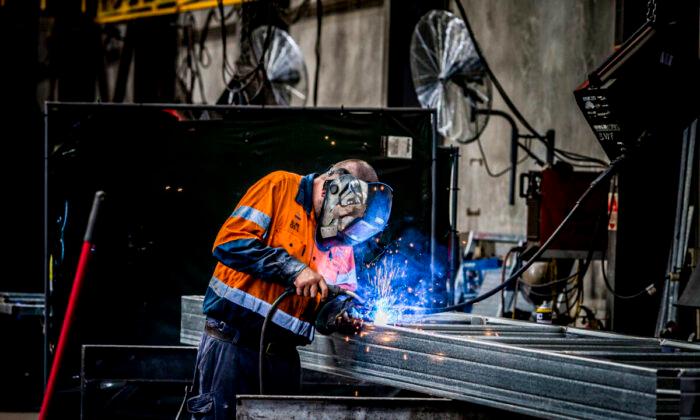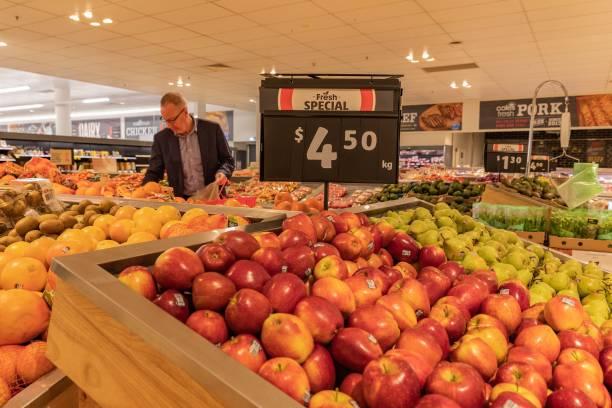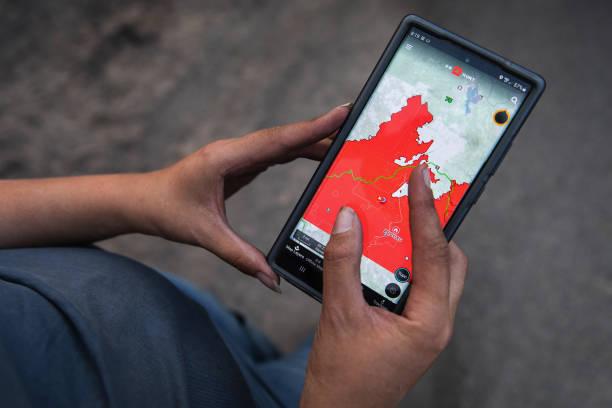While Australian manufacturing has bounced back due to easing COVID-19 restrictions, the recovery faces another major hurdle, labour and material shortages on a scale not seen in almost 50 years.
“Output expanded as new orders posted a moderate increase, with a net 14 percent of respondents reporting that orders were up. This rise in activity was largely facilitated by working additional overtime, as well as a modest increase in employment numbers.” Hanlan said.
However, current growth is well below the highs of 2017 and 2018 when the home-building sector experienced a strong upswing.
“International supply chain bottlenecks are producing material constraints on a scale not seen in almost 50 years. With the costs of inputs increasing at a much faster rate than prices, the Russian invasion of Ukraine and soaring commodity prices will undoubtedly lead to further pressure on manufacturers who are already being squeezed,” McKellar said.
“Workforce shortages also continue to hamper the growth in Australian manufacturing output with labour constraints at their highest level since 1974. Although businesses are taking on new hires, these have fallen considerably short of hiring intentions, representing the increasing acute skills crunch as border closures and pandemic disruptions continue to bite,” he said.
McKellar added that despite manufacturers seeing a lift in new orders, profitability was being “squeezed, with approximately 50 percent of manufacturers already reporting higher costs.”
Australians are also feeling the pressure from increasing household costs, paying in excess of AU$2 a litre for petrol, pushing inflation expectations almost to their highest in a decade.
“Households are certainly noticing the effect of higher prices on their finances,” ANZ head of Australian economics David Plank said.
The recent spike in global crude oil prices to around US$130 per barrel, a result of the war in Ukraine, could see further short term increases in fuel costs. However, prices are trending back down towards approximately US$100 per barrel as of Monday.
“If the recent fall in oil prices is sustained, we would expect inflation expectations to ease,” Plank said.
Last week Reserve Bank of Australia Governor Philip Lowe warned at a business conference that the annual rate of inflation could reach at least four percent due to the rising global oil and commodity prices as a result of the war in Ukraine.
Increasing local food prices due to the floods on Australia’s east coast will also add to these pressures.





